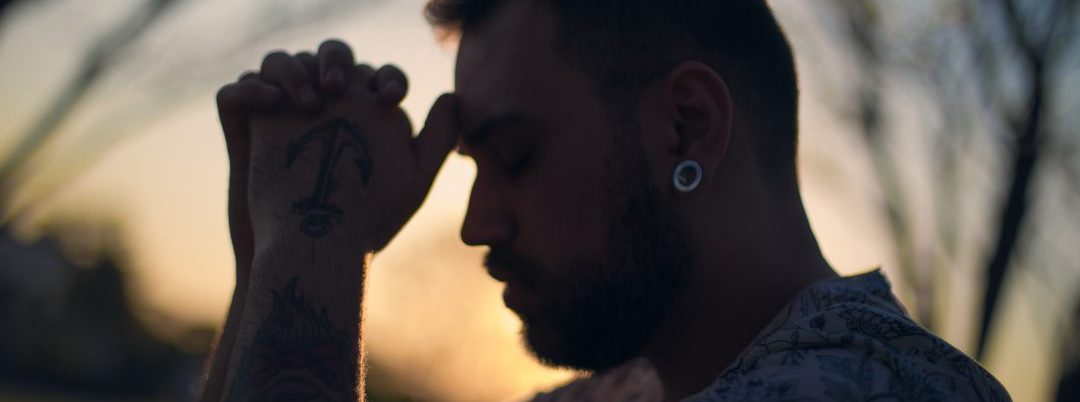
We hear the terms “manic depression” and “bipolar disorder,” and we picture two different things: one, a depressed individual (hence, the word depression) who has trouble enjoying life, and two, an unpredictable person who experiences sudden changes in mood and behavior. We compartmentalize them as two different conditions, two different kinds of patients.
This, however, is incorrect—while manic depression and bipolar disorder may sound like two completely different disorders, they are actually the exact same condition. Because depression and manic depression were often confused, manic depression adopted a new clinical name: bipolar disorder.
Symptoms of Bipolar Disorder
Bipolar disorder is a mental illness characterized by extreme changes in thinking, mood, and behavior. Individuals who suffer with this condition also typically experience mania and depressive states—hence, why it used to be called (and is still sometimes referred to as) manic depression or manic-depressive illness.
This disorder can vary from person to person, whereas some may experience mostly manic phases, while others may experience mostly depressive states—both of which, however, have their own symptoms.
Symptoms of a depressive episode may include:
- Feelings of emptiness or worthlessness
- Behavioral changes
- Loss of interest in pleasurable activities
- Fatigue
- Loss of energy
- Problems with concentration, decision-making, or memory
- Changes in eating and/or sleeping habits
- Suicidal thoughts or suicide attempts
Symptoms of a manic episode, on the other hand, typically involve:
- Extreme irritability or agitation
- Long periods of intense happiness or excitement, euphoria
- Jumpiness
- Racing thoughts
- Restlessness
- Easily distracted
- Speaking very rapidly
- Taking on more than one can handle
- Foregoing sleep or having little desire for it
- Unrealistic beliefs about one’s abilities
- Showing high-risk behavior
Additionally, some people with bipolar disorder may experience something called hypomania—this is similar to mania, but a less severe form. The main difference is that symptoms of hypomania do not typically hinder your life, like mania does. Now, it is also possible for individuals with bipolar disorder to experience “mixed mood states” whereas depressive and manic symptoms coexist. In these instances, symptoms may include agitation, insomnia, suicidal ideation, and extreme changes in appetite, all whilst feeling abnormally energized.
Types of Bipolar Disorder
There is not simply one kind of bipolar disorder diagnosis; instead, there are several. These include:
Bipolar I
This type of bipolar disorder is characterized by manic or mixed episodes that persist for at least a week and/or depressive episodes that last (typically) at least two weeks. Individuals who suffer from bipolar I may experience severe mania that requires immediate medical attention and possibly even hospitalization.
Bipolar II
This form of bipolar disorder is marked by a pattern of depressive episodes, which also sometimes comes with hypomanic episodes (as described above).
Bipolar Disorder Not Otherwise Specified
Bipolar disorder not otherwise specified is typically the diagnosis given when a person has symptoms, which do not meet the full diagnostic criteria for bipolar I or II. Individuals, however, still experience serious changes in mood that are uncharacteristic of their normal behavior.
Cyclothymic Disorder
This is a mild form of bipolar disorder, whereas the individual experiences mild depression with hypomanic episodes for at least two years.
Rapid-Cycling Bipolar Disorder
This less-common type of bipolar disorder is typically diagnosed after an individual experiences four or more episodes of major depression, mania, or hypomania, over the course of one year.
Treatment for Bipolar Disorder
Once diagnosed with bipolar disorder, individuals must deal with and carefully manage the illness for the rest of their lives. There is treatment, however, that helps ease symptoms and both manic and depressive episodes. Options include:
- Medication, such as mood stabilizers (e.g., lithium), atypical antipsychotic medications (e.g., olanzapine or risperidone), anti-anxiety medications (e.g., benzodiazepine), anti-seizure medications (e.g., divalproex-sodium), and antidepressants.
- Cognitive behavioral therapy, which works by targeting and changing negative thought and behavior patterns.
Let’s keep in touch! Sign up to receive our newsletter:
Start a Relationship with An Exceptional Counselor
- Skilled and caring professional counselors
- Accepting all major and most insurances
- High-touch customer service & premium benefits
- Same- or next-day appointments
- Ultra-flexible 23.5hr cancellations














